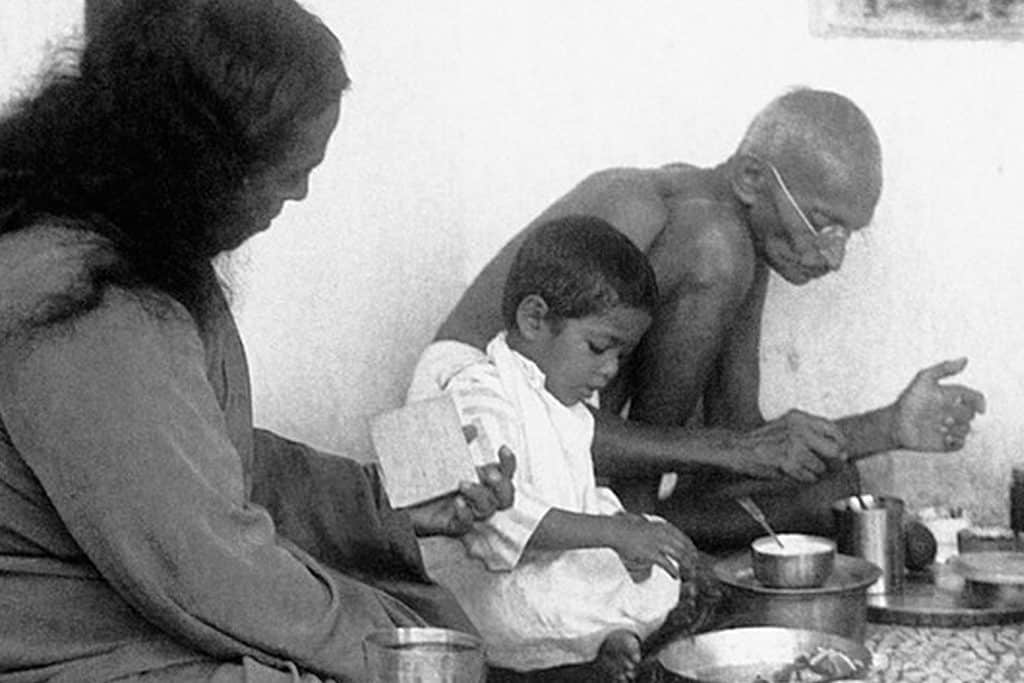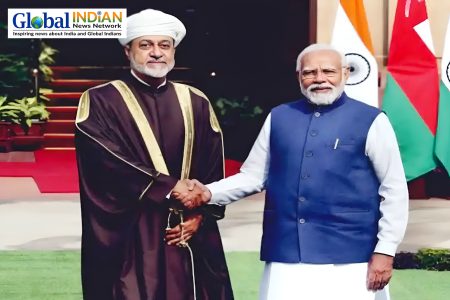
Mahatma Gandhi, fondly known as Bapu, is a globally recognized figure as the Father of the Indian Nation. Renowned for his leadership in non-violent resistance against British rule, he is the pioneer of Satyagraha. Beyond his political and social influence, he initiated several reforms in Indian society, spanning self-reliance, Swadeshi (domestic production), and caste reforms, working alongside prominent figures like BR Ambedkar. Yet, lesser-known is his pursuit of discovering the ideal diet for human health, especially for the Indian population.
In his publication “Young India” from 1929, Gandhi expressed, “As a searcher for truth, I deem it necessary to find the perfect food for a man to keep body, mind, and soul in a sound condition.” This quest for an optimal diet for Indians and humanity at large led to the formulation of what we now refer to as the Gandhian Diet. On the occasion of his 154th birth anniversary, it’s pertinent to explore the essence of the Gandhian Diet.
Mahatma Gandhi’s Dietary and Nutritional Experiments
A comprehensive study published in the Indian Journal of Medical Research in 2019, commemorating the 150th birth anniversary of Mahatma Gandhi, delves into the intricate details of his dietary philosophy. Being a Gujarati vegetarian, Gandhi naturally inclined towards exploring the benefits of vegetarianism as a cornerstone of a healthy diet. However, the Gandhian Diet encompasses more than vegetarianism; it encapsulates lifestyle and dietary principles that are widely considered ideal on a global scale today.
Gandhiji’s writings, such as “Diet and Diet Reform” and “Key to Health,” emphasize his minimalist approach to diet and life in general. He advocated viewing food as both energy and medicine, essential for maintaining a healthy and capable body. His stance was to consume only what the body truly requires in minimal quantities, refraining from indulging taste buds.
How did Gandhi arrive at these conclusions? Growing up in a devout household, he was acquainted with practices like fasting for bodily purification and consuming sattvic (pure) meals. Throughout his life, Gandhi’s travels exposed him to diverse cultures and cuisines worldwide. Within India, his extensive journeys to promote the nation’s struggle for independence brought him in close contact with millions of Indians, their culinary traditions, and dietary habits. His exploration extended to raw foods and a profound understanding of what seasonal and locally-sourced produce Indian farmers cultivated. Gandhi’s comprehension of Indian food and diet rivaled that of a modern-day nutritionist or food scientist, making his Gandhian Diet a reflection of his holistic approach to life and health.













